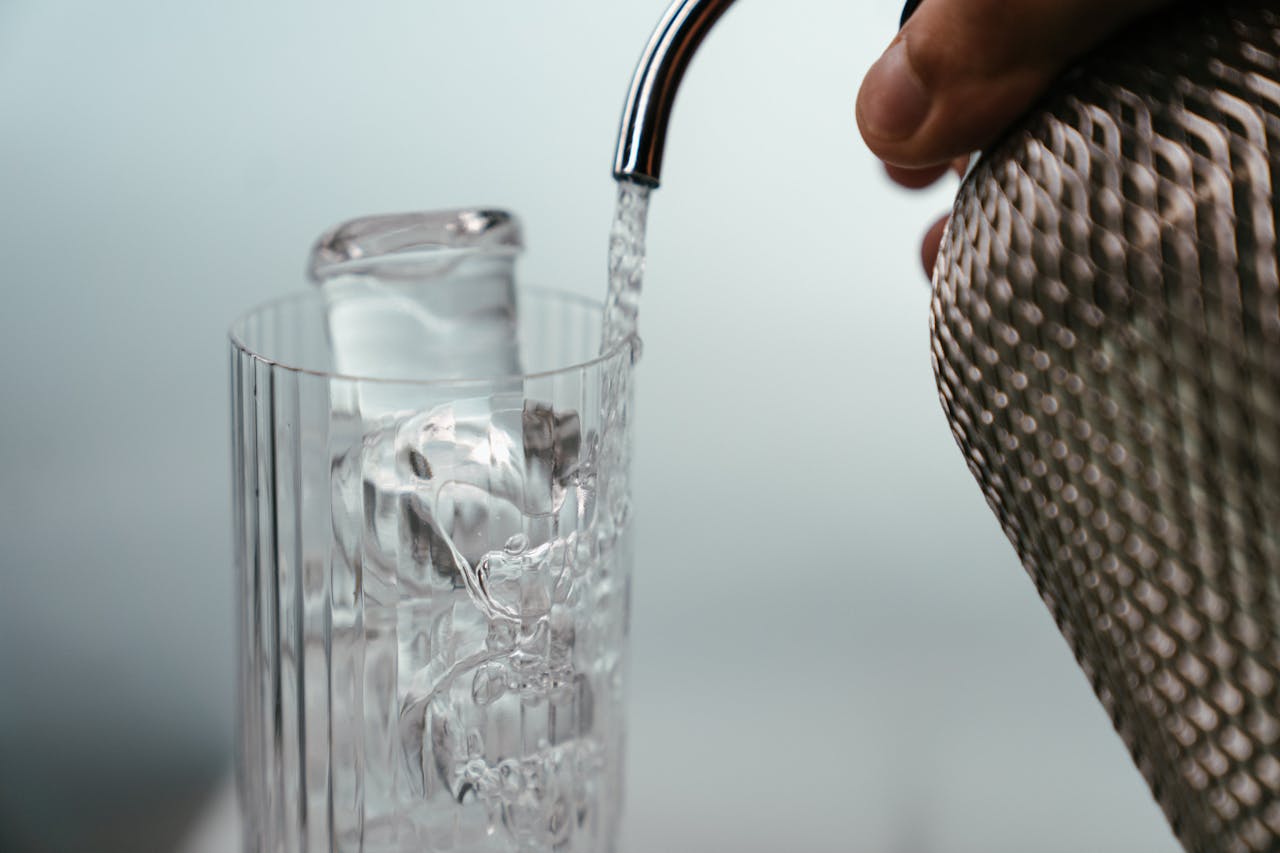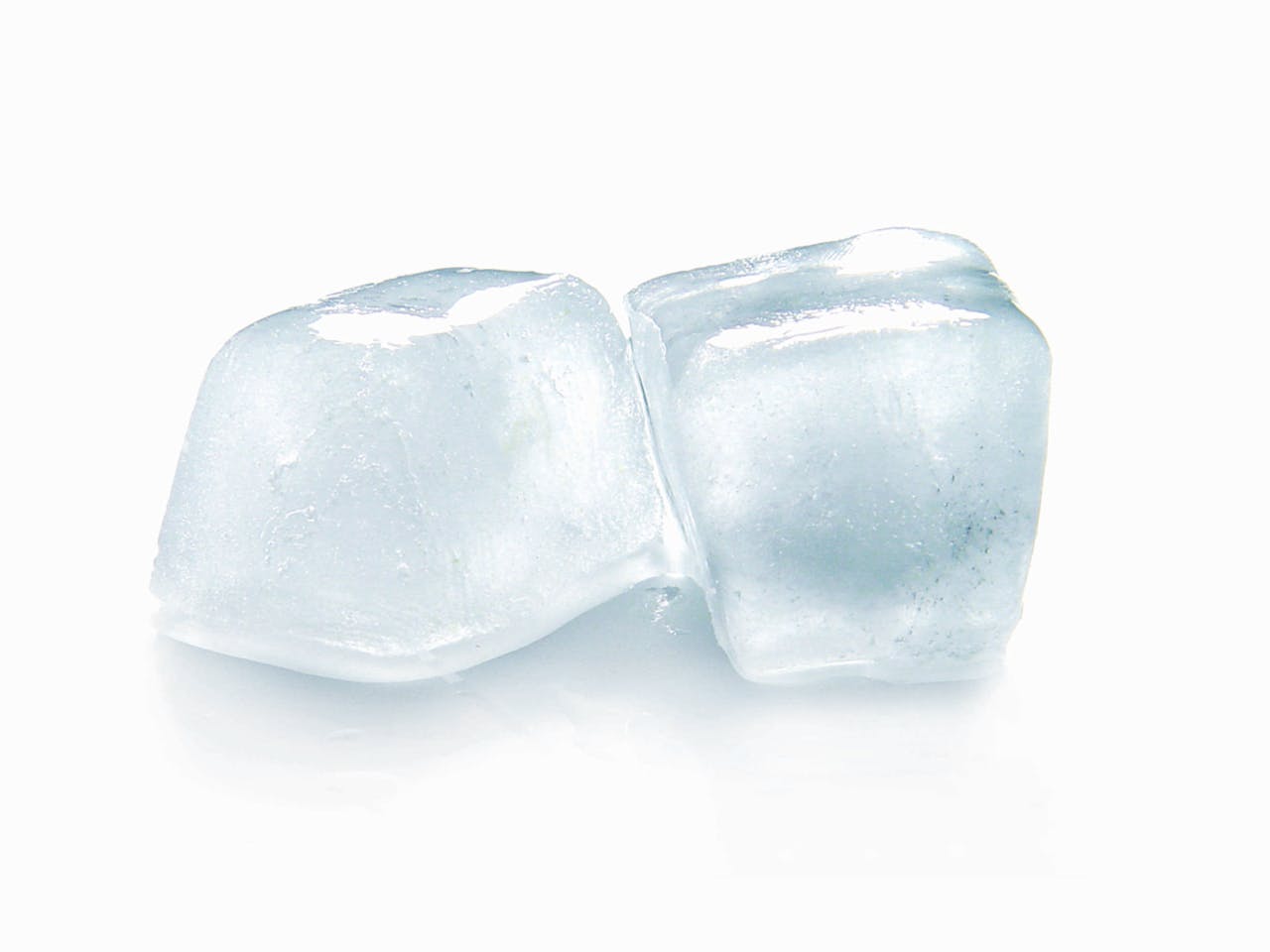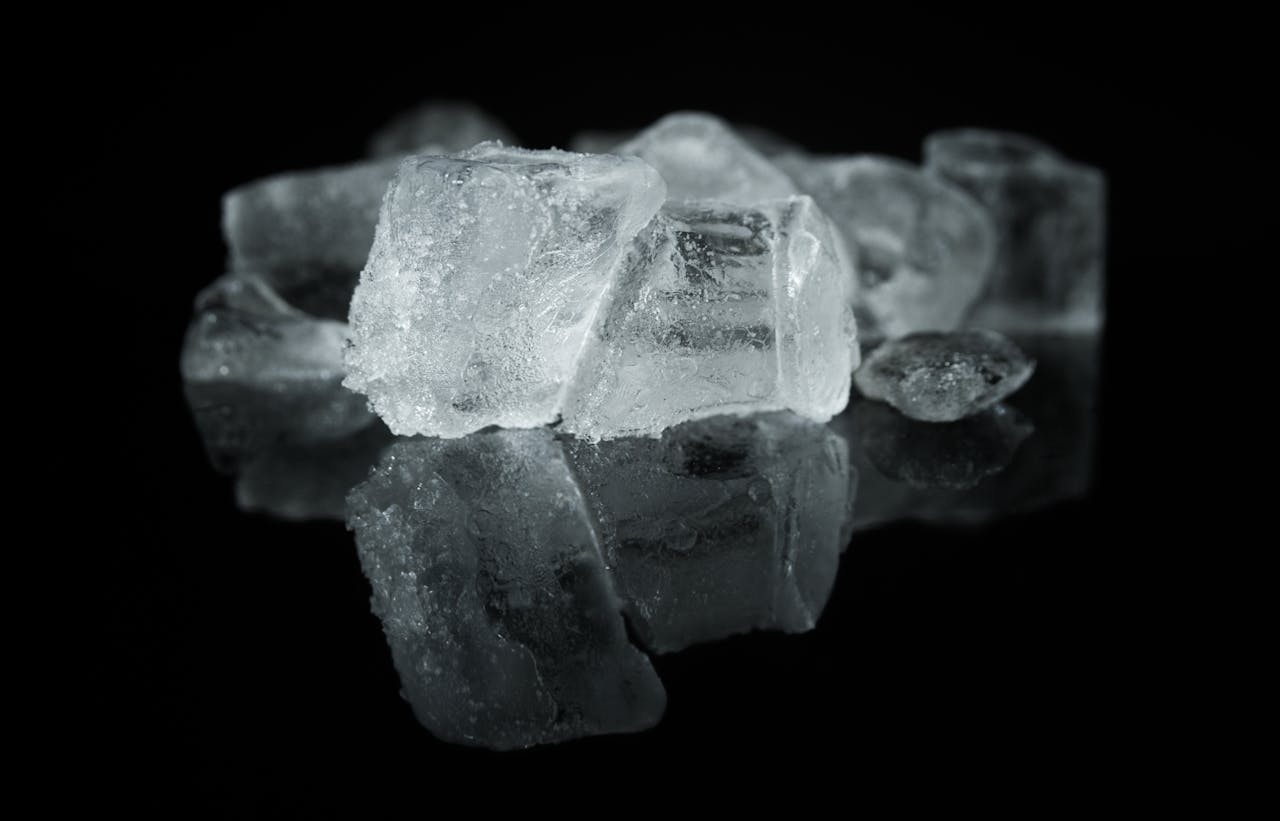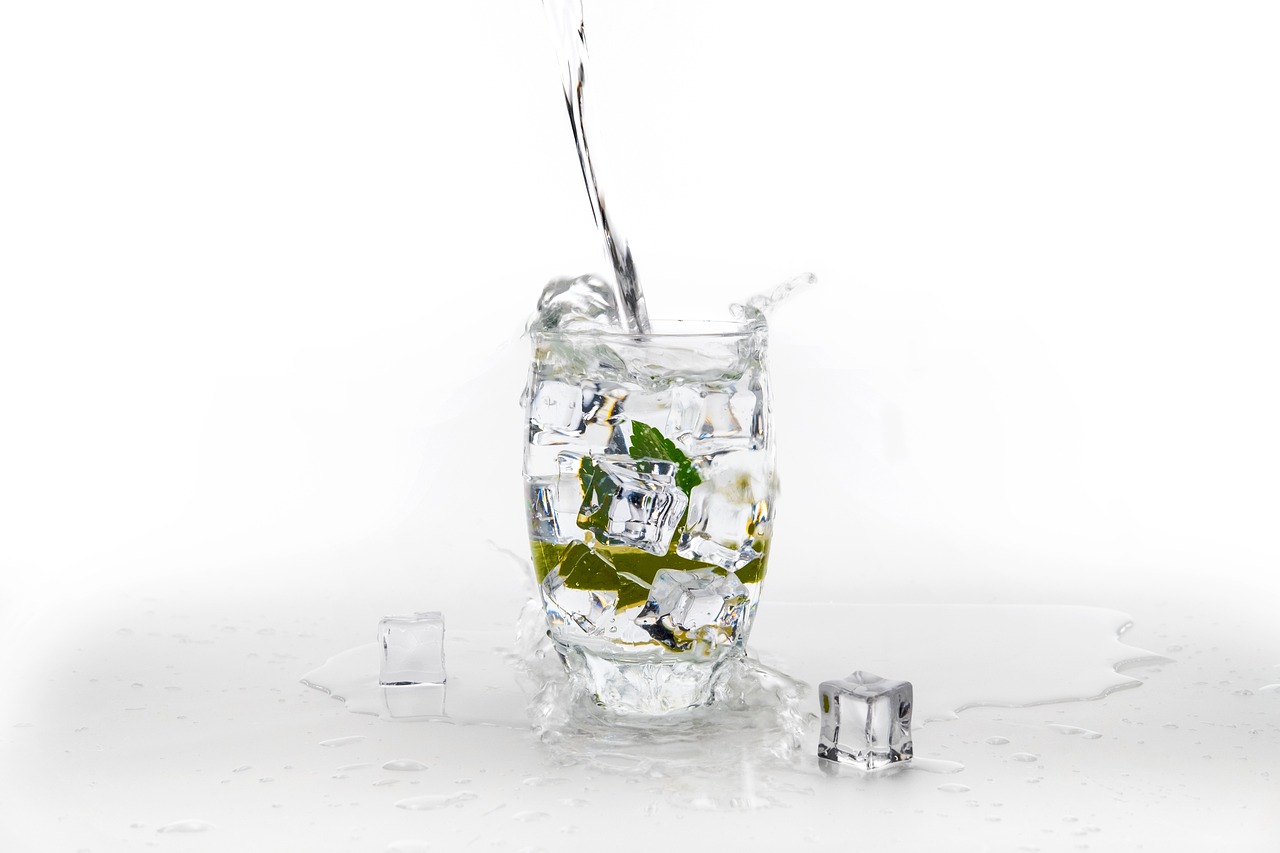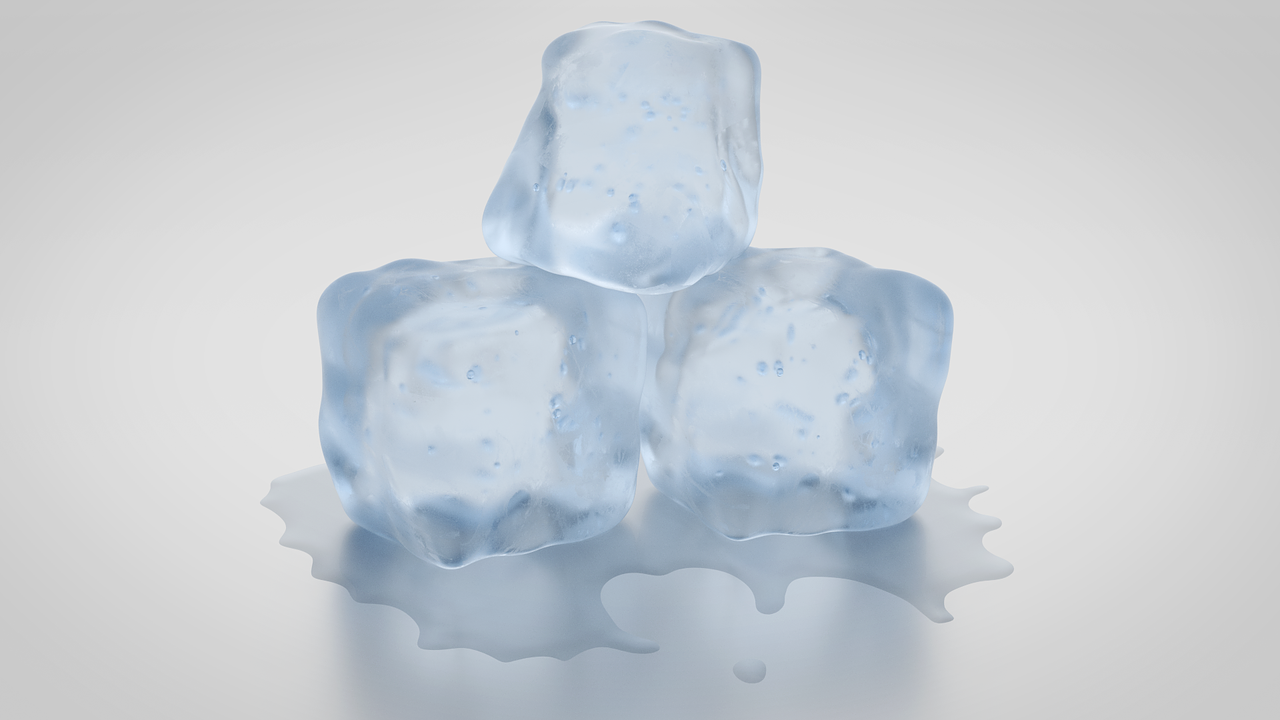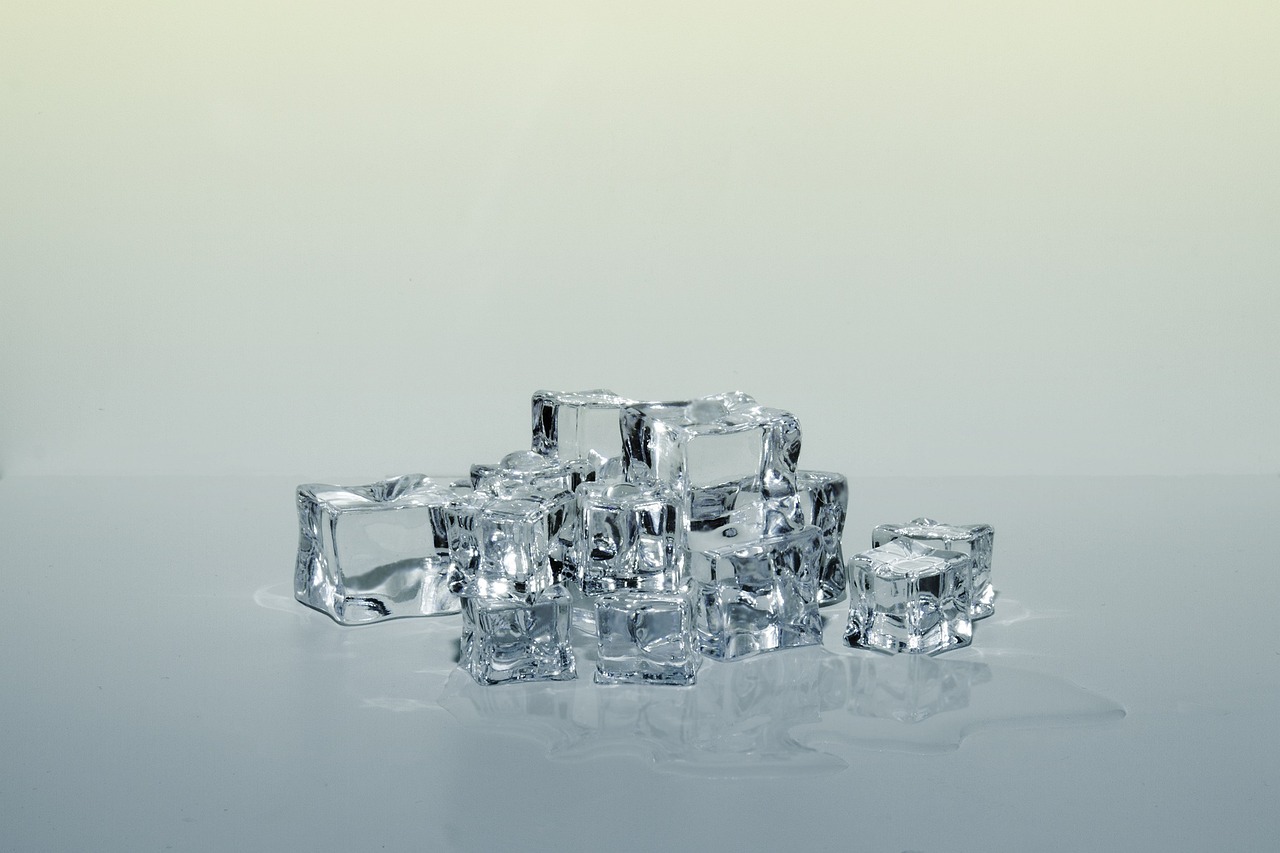Ever wondered what goes on inside your garbage disposal when it’s making that mysterious noise? Curious about how to tackle common repair issues without calling in the pros? If so, you’re in the right place! In this guide, we’ll delve into the inner workings of a garbage disposal unit and equip you with essential repair tips to keep it running smoothly. From troubleshooting common problems to mastering maintenance techniques, we’ve got you covered. Say goodbye to costly repair bills and hello to a well-functioning disposal system with our expert advice.

Main Components
Motor And Impeller
The motor powers the impeller to grind food waste efficiently. It drives the impeller, pushing waste against the grinding ring. Regular maintenance of both components is crucial for optimal performance.
The impeller functions by propelling food waste towards the grinding ring. This action ensures effective grinding and disposal of the waste material. Maintaining the motor and impeller enhances the longevity and efficiency of the garbage disposal unit.
Grinding Chamber
The grinding chamber plays a vital role in collecting and processing food waste. Its design features are optimized to enhance grinding efficiency by breaking down waste effectively. Regular inspection of the grinding chamber prevents debris buildup, ensuring smooth operation.
- Efficient collection and processing of food waste
- Design features for enhanced grinding efficiency
- Importance of regular inspection for debris buildup prevention
Flywheel And Shredder Ring
The flywheel rotates at high speeds to facilitate the grinding process within the garbage disposal unit. It works in conjunction with the shredder ring during operation, ensuring efficient waste reduction. A sharp shredder ring is essential for effective waste management.
- High-speed rotation of the flywheel
- Interaction between the flywheel and shredder ring
- Significance of a sharp shredder ring for waste reduction
Dishwasher Connection
Connecting a dishwasher drain hose to the garbage disposal involves specific steps for proper installation. Removing the knockout plug before making the connection is crucial to ensure seamless functionality. Improper sealing may lead to leaks in the dishwasher connection.
- Steps for connecting a dishwasher drain hose
- Importance of removing the knockout plug before connection
- Warning about potential leaks from improper sealing
How It Works
Waste Breakdown Process
Food waste in a garbage disposal is broken down by a grinding mechanism consisting of rotating blades. Water helps facilitate this breakdown process by softening the waste and carrying it through the system. The use of garbage disposal reduces the amount of food waste ending up in landfills, benefiting the environment.
- Efficient breakdown of food waste
- Water aids in flushing waste
- Environmental benefits of waste management
Water Flow And Drainage
Water plays a crucial role in moving ground waste from the disposal unit into the drain. Maintaining an optimal water flow rate is essential for effective waste disposal. Proper drainage is vital to prevent clogs and ensure smooth operation of the garbage disposal.
- Water assists in waste movement
- Ideal water flow rate importance
- Ensuring proper drainage to prevent clogs
Electrical Connections
Key electrical components like wires and switches are essential for a garbage disposal to function properly. Secure electrical connections are crucial for both safety and efficient operation. Regularly checking the wiring for any signs of wear or damage is recommended during maintenance checks.
- Essential electrical components
- Importance of secure connections
- Checking wiring for wear or damage
Common Issues
Jammed Disposal
Garbage disposals commonly jam due to foreign objects like utensils or food particles getting stuck in the grinding chamber. This obstruction can prevent the disposal from functioning properly. To address a jam, turn off the disposal immediately to avoid damage. Use an Allen wrench or a disposal wrench to manually rotate the disposal’s blades and dislodge the blockage. Regularly check for any debris buildup to prevent future jams.
Leaking Disposal
Signs of a leaking garbage disposal include puddles of water under the unit or dampness around the connections. Leaks can stem from worn-out seals, loose plumbing connections, or cracks in the disposal unit itself. Troubleshoot leaks by tightening loose connections or replacing damaged seals. If the leak persists, consider consulting a professional plumber for further assistance.
Strange Noises
Unusual noises coming from a garbage disposal are indicative of underlying issues. Common sounds include grinding, humming, or rattling noises during operation. These noises may result from loose components, worn-out motor bearings, or debris trapped in the disposal. To diagnose and resolve noise-related problems, inspect the disposal for any loose parts and remove any lodged items causing the unusual sounds.
Troubleshooting Tips
Check Electrical Supply
To verify the electrical supply to the garbage disposal, ensure the unit is plugged in securely. Confirm that the power switch is on and check for any visible damage to the power cord. It’s essential to guarantee that the disposal is receiving adequate power to function properly. If the disposal does not turn on, consider checking the circuit breakers in your home’s electrical panel.
Use A Specialty Wrench
Consider using a specialty wrench specifically designed for garbage disposal maintenance tasks. This tool can be highly beneficial in clearing jams effectively without causing damage to the unit. By having this wrench readily accessible, you can quickly troubleshoot and resolve any issues that may arise with your garbage disposal.
Pros:
- Designed for specific use
- Helps clear jams efficiently
Rotate The Impeller Plate
When dealing with jams in your garbage disposal, rotating the impeller plate can be a useful troubleshooting technique. Before attempting this action, remember to turn off the power supply to the unit to prevent any accidents. Rotating the impeller plate can help dislodge any obstructions and restore the functionality of your garbage disposal.
Cons:
- Requires power shutdown
- May be challenging for some users
Repairing A Jammed Unit
Disconnect Power Supply
Before attempting to repair a jammed garbage disposal unit, disconnect the power supply to prevent any accidents. Start by locating the circuit breaker and switching off the power specifically to the disposal. This step ensures that there is no risk of electric shock during the repair process. Remember, safety first!
Clear Jammed Objects
To clear a jam in your garbage disposal, safely remove any objects causing the blockage. Use tongs or pliers to extract debris lodged in the disposal. Avoid using your hands directly as this can lead to injuries. By using tools, you can effectively clear out any obstructions without risking harm.
Test The Unit
After repairing a jammed garbage disposal, it’s crucial to test the unit before regular use. Check for proper operation by turning on the disposal and listening for any unusual sounds. Running water through the unit can help ensure that debris is effectively drained, indicating that the repair was successful.
Fixing Leaks
Identify Leak Source
To pinpoint a leak in your garbage disposal, check the connections, seals, and the unit’s body. Documenting these findings is crucial for determining necessary repairs.
- Look for any visible signs of damage or water leakage around the disposal unit.
- Inspect the connections where the pipes meet the disposal for any loose fittings.
- Examine the seals around the sink flange and motor housing for wear and tear.
Tighten Connections
Regularly checking and tightening connections is vital to prevent leaks in your garbage disposal. Loose connections can cause water to escape from the unit.
- Use a wrench to gently tighten any loose fittings without applying excessive force.
- Ensure all connections are securely fastened to maintain a watertight seal.
- Periodically inspect the connections after usage to catch any loosening early on.
Replace Seals Or Gaskets
Identifying worn seals or gaskets is essential in preventing leaks from your garbage disposal unit. It’s crucial to use manufacturer-approved parts for replacements.
- Look for any visible signs of deterioration or damage on the seals or gaskets.
- Purchase replacement seals or gaskets from reputable suppliers or directly from the manufacturer.
- Follow the disposal unit’s manual for specific instructions on replacing seals or gaskets.
Maintenance Tips
Regular Cleaning
Regularly cleaning your garbage disposal is crucial for maintaining its hygiene and efficiency. Advocate for a routine cleaning schedule to prevent unpleasant odors and potential clogs. Utilize simple methods like dropping ice cubes or pouring vinegar into the disposal to clean and freshen it effectively.
Ensure to emphasize the benefits of regular cleaning in preventing foul smells from developing and keeping the disposal running smoothly. By incorporating this simple maintenance task into your routine, you can extend the lifespan of your garbage disposal significantly.
Avoid Hard Objects
To prevent jams and damage to your garbage disposal, avoid placing hard objects inside it. Examples of items to steer clear of include bones, fruit pits, and other tough materials that can harm the disposal’s blades. Being mindful of what you dispose of can save you from costly repairs or replacements.
By being cautious about what goes into your garbage disposal, you can prolong its life and maintain its functionality for years to come. Remember that prevention is key when it comes to preserving the efficiency of your disposal unit.
Use Cold Water
When operating your garbage disposal, opt for cold water instead of hot water. Cold water helps solidify fats and grease, making them easier to grind up and wash away. This process aids in keeping the disposal clean and prevents clogs from forming in the pipes.
Using cold water while running the disposal also assists in flushing waste through the system efficiently. The flow of water helps carry food particles and debris down the drain, ensuring that everything is properly disposed of without causing any blockages.
Best Practices
Avoid Overloading
Professionals recommend against overloading your garbage disposal with excessive food waste simultaneously. This practice can cause jams and reduce the unit’s efficiency. To ensure optimal performance, it is best to feed waste gradually into the disposal.
- Feeding waste gradually prevents jams.
- Overloading can lead to reduced efficiency.
Run Disposal Regularly
To keep your garbage disposal in top condition, it is essential to run it regularly. Frequent use helps prevent rust and buildup in the unit, ensuring it functions smoothly. Incorporating disposal use into your daily kitchen routines can significantly benefit its longevity.
- Regular use prevents rust and buildup.
- Daily use maintains the disposal’s functionality.
Prevent Future Jams
To avoid future jams in your garbage disposal, consider disposing of waste in smaller quantities and refrain from putting problematic items down the unit. regular maintenance plays a crucial role in preventing issues and ensuring the proper functioning of your disposal.
- Disposing of waste in small quantities prevents jams.
- Regular maintenance is key to preventing problems.
When To Seek Help
Persistent Issues
If persistent issues continue with your garbage disposal despite troubleshooting, consider seeking professional help. Contact a qualified technician to diagnose and fix complex problems beyond basic repairs. Ignoring persistent issues can lead to more significant damage and costly repairs down the line.
- Contact a professional for advanced troubleshooting.
- Address persistent problems promptly to prevent further damage.
- Consult with a technician for complex issues beyond basic repairs.
Electrical Problems
Signs of electrical problems affecting your garbage disposal may include sudden shutdowns or unusual noises. Check the circuit breaker and outlet for faults before assuming the disposal is at fault. If electrical issues persist, it’s advisable to consult with an electrician to ensure safety and proper functioning.
- Check the circuit breaker and outlet for faults.
- Consult an electrician if electrical problems are suspected.
- Ensure safety by addressing electrical issues promptly.
Upgrading Disposal
Upgrading to a newer model of garbage disposal can bring several benefits, including improved efficiency and performance. When considering an upgrade, look for features like enhanced power and increased capacity to meet your kitchen’s demands. Evaluate your needs carefully to choose a disposal that aligns with your kitchen lifestyle.
- Benefits of upgrading include improved efficiency.
- Features to consider: power and capacity.
- Choose a disposal that fits your kitchen lifestyle.
Closing Thoughts
Understanding the anatomy of your garbage disposal is crucial for maintaining its functionality. By knowing the main components, how they work, common issues, and troubleshooting tips, you are better equipped to address any problems that may arise. Remember to follow best practices and perform regular maintenance to keep your unit running smoothly. If you encounter a jammed unit or leaks, refer back to the repair tips provided to resolve these issues efficiently. Knowing when to seek professional help is key to ensuring the longevity of your garbage disposal. Stay proactive in caring for your appliance to avoid costly repairs in the future.
Frequently Asked Questions
1. What Are The Main Components Of A Garbage Disposal Unit?
The main components of a garbage disposal unit include the grinding chamber, impellers or lugs, shredding ring, drain chamber, and motor. These parts work together to grind food waste into small particles that can easily flow through the plumbing system.
2. How Does A Garbage Disposal Unit Work?
A garbage disposal unit works by using sharp blades or impellers to shred food waste into tiny pieces. When you turn on the unit, the motor spins the blades rapidly, breaking down the waste into smaller particles that can be flushed away through the drain pipes.
3. What Are Some Common Issues With Garbage Disposal Units?
Common issues with garbage disposals include clogs due to improper waste disposal, leaks from worn-out seals or connections, foul odors caused by trapped food particles, and jammed units due to foreign objects or excessive waste. Regular maintenance can help prevent these problems.
4. How Can I Troubleshoot A Garbage Disposal Unit That Is Not Working Properly?
To troubleshoot a malfunctioning garbage disposal, first, check if it is receiving power. If there is power but it’s not working, try resetting it by pressing the reset button. If it’s still not functioning, inspect for jams and ensure there are no clogs in the drain pipes.
5. When Should I Seek Professional Help For Repairing My Garbage Disposal Unit?
If you have tried troubleshooting common issues like jams or leaks without success, or if you lack the necessary tools or expertise to repair the unit yourself, it’s advisable to seek help from a professional plumber or technician. They can diagnose the problem accurately and provide effective solutions.
Zuta Appliance Repair: Transform Your Berkeley Kitchen With Expert Garbage Disposal Repair
In the heart of Berkeley, CA, Zuta Appliance Repair is your trusted partner for maintaining the comfort and functionality of your home. Understanding the essential role your garbage disposal plays in your kitchen, we are dedicated to delivering top-tier repair services. Our expertise not only ensures that your disposal runs smoothly, preventing kitchen disruptions but also helps to optimize your home’s overall efficiency. With Zuta Appliance Repair, you’re not just receiving a service; you’re gaining a commitment to quality, integrity, and environmental responsibility, enhancing both your kitchen’s performance and your quality of life.
Experience comprehensive solutions to all your garbage disposal issues with Zuta Appliance Repair. Our specialized repair services are designed to extend the lifespan of your appliance and keep your kitchen functioning efficiently. Our skilled team, equipped with unmatched expertise and a friendly approach, offers cost-effective and eco-friendly solutions. This is more than just a repair service; it’s about the peace of mind that comes with a smoothly operating home. Choose Zuta Appliance Repair for an improved lifestyle. Contact us now at (415) 592-4633 and let us ensure your garbage disposal remains a reliable component of your daily life, offering convenience, efficiency, and peace of mind.
Disclaimer
The materials available on this website are for informational and entertainment purposes only and not to provide legal or professional advice. You should contact your attorney or home improvement specialist to obtain advice concerning any particular issue or problem. You should not act or refrain from acting based on any content included in this site without seeking legal or other professional advice. The information presented on this website may not reflect the most current home improvement developments. No action should be taken in reliance on the information on this website. We disclaim all liability concerning actions taken or not taken based on any or all of the contents of this site to the fullest extent permitted by law.

